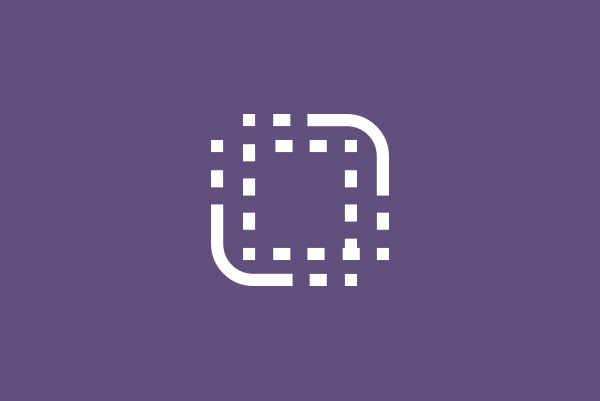Go async-first with your team
Use the filters below to find async-first methods that are relevant to your team. For detailed articles, check out the blog.
Validate. Don’t start from a blank slate.
During inceptions and workshops, it's easier to poke holes at something wrong than to write the first words on a whiteboard. So instead of starting from a blank slate, synthesise what you think you know and then validate your understanding.
Make your inceptions lean
The lean inception is a focused way to gather information to start a project. You can complete this in a single week.
Technical design docs
Technical design docs are an efficient way to communicate about software architecture and technical solutions. These docs precede an architectural decision record. They benefit from detail, though brevity is an important consideration too.
Feature breakdown documents
Feature breakdown documents serve as a single resource to catalogue all information about a feature. As the team enhances the feature, this document becomes a single source of truth about it.
Idea papers
Idea papers allow you to nurture fresh ideas by articulating them clearly. People can use this as a reference to share feedback and enrich the idea. Decision making is also easier if everyone can understand the idea well.
Replace "quick sync" with "async"
Most “quick syncs” can be async. This honours everyone’s need for flow and deep work.
ConveRel quadrants
The ConveRel quadrants are a way for you to triage your meetings and figure out which ones can immediately or eventually be async.
Business decision records (BDRs)
By documenting every business decision you make for your project, you help your present and future colleagues understand the rationale of why things are a certain way for your team.
Architectural decision records (ADRs)
Your architecture will change with time and in the future you may have to investigate why your architecture is a certain way. Architectural decision records (ADRs) help by providing an archaeology of your project.
Drop the sprint planning meeting
Sprint planning is amongst the most time consuming activities for development teams. One could argue that the value you get is not proportional to the effort you put into these meetings. With some effort you can drop sprint planning meetings completely.
No estimates
Estimates aren’t necessary on every project. In such cases, where can you shift your measurement focus?
The “Shape up” approach
If you have an established product, then you’re probably less concerned about big release plans. Instead, your priority will be to enhance your product regularly. For such situations, I’m a big fan of Ryan Singer’s “Shape up” approach.
Form based estimation
Back in the day when agile still wasn’t a thing, wideband Delphi estimation involved anonymously filling out forms. You can do the same thing now, but more efficiently with online forms.
Async velocity game
You don’t always need a long meeting to play the velocity game. It’s easy to run this using a simple survey.
Large effort estimation
Nigel Thurlow and Dave Slayton came up with this approach to estimate scope, at Toyota. You can use this to estimate size at the start of a project. You can also use this technique when you have to estimate a large amount of scope for an in-flight project.
Warp speed estimation
Warp speed estimation is a way to quantify scope at the start of a project.
Create autonomous pods
Create smaller decentralised pods inside the team to devolve responsibilities. Pods operate autonomously and make their own decisions.
Replace desk checks with recorded video
With a checklist in place, create a simple recorded demo showing each of the test conditions and "default to action" until the PO and tester are available.
Default to action
It’s much easier to apologise than to get permission. In this world of computers, the best thing to do is to do it.




















